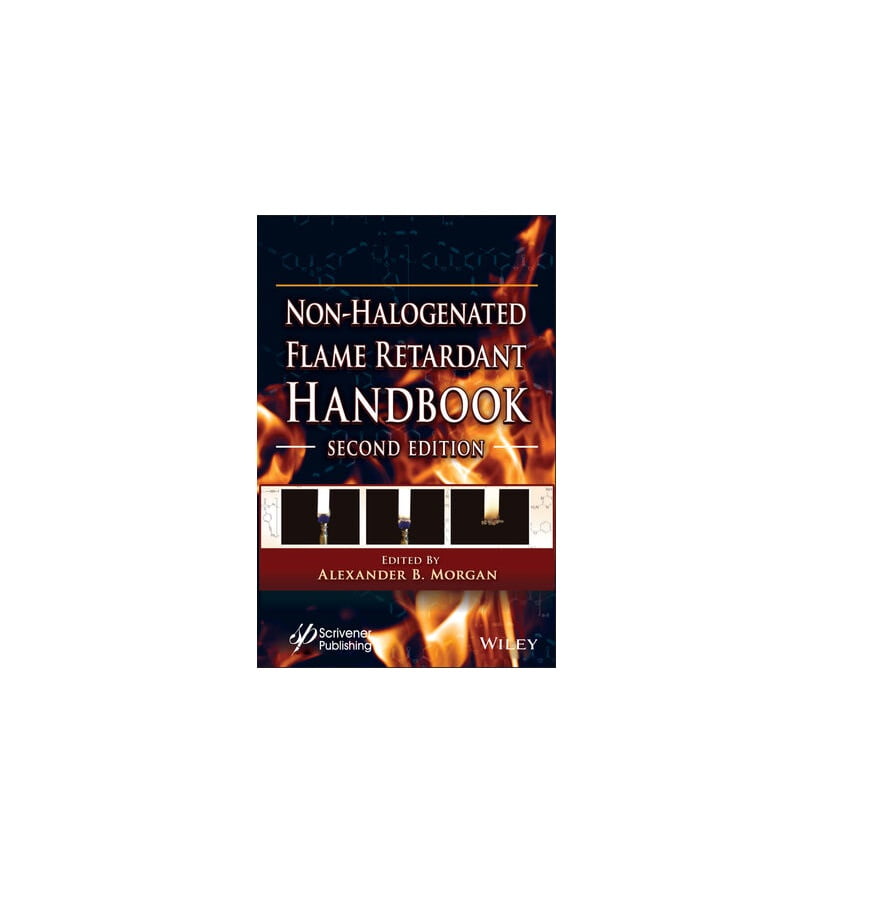
The 2nd Edition, editor Alex Morgan, updated from 2014, with 600 pages, details different PIN FR technologies and trends. The Handbook includes 335 references and a 35-page detailed index. The 1st Edition, 419 pages, was summarised in pinfa Newsletter n° 45. The editorial notes that since 2014 there has been increasing regulation and deselection of halogenated FRs, and diversification of PIN FRs. The book chapters in detail on phosphorus-based, minerals (including clays), intumescent, nitrogen-, silicon- and boron-based PIN FRs are updated. The chapter on other PIN technologies is significantly extended, covering metal oxides and complexes, sulphur-, carbon-, tin-based PIN FRs, engineered PIN FR solutions (coatings, barriers), polymer nanomaterials and bio-based materials. New chapters are added on regulation, conformal PIN FR coatings and on multicomponent FRs.
The first chapter notes that a volume of data shows small-molecule, halogenated FRs to be persistent – bioaccumulative – toxic (PBT), and suggests that even if bans on whole classes of FRs may not be scientifically justified, this is pushing tendencies to move away from all halogenated FRs. Thus, this updated, comprehensive book on non-halogenated FR solutions.
The chapter on Future Directions underlines concerns about halogenated flame retardants in environment, but notes that some PIN flame retardants are also now being detected. Routes towards sustainability are discussed including polymeric and reactive flame retardants, noting that polymeric phosphorus, nitrogen, born and silicon FRs are emerging, and that a range of reactive PIN FRs are available. Recycling is discussed, proposing different approaches: use of bio-sourced or recycled inputs to PIN FR production, compatibility of PIN FRs with multiple polymer recycle – regrind – reprocess – reuse cycles, compatibility with waste-to-heat disposal and compatibility with composting and/or environmental decomposition. Growing fire risk scenarios are also discussed: wildfire WUI (wildland – urban interface) and electric vehicles / batteries.
Non-halogenated Flame Retardant Handbook, 2nd Edition, 608 Pages, Alexander B. Morgan (Editor), Wiley, ISBN: 978-1-119-75056-7 December 2021 available printed and e-book https://www.wiley.com/en-ie/Non+halogenated+Flame+Retardant+Handbook,+2nd+Edition-p-9781119750567 Chapter authors: Alexander Morgan, Sergei Levchik, Reiner Sauerwein, Serge Bourbigot, Martin Klatt, Mert Kilinc, Kelvin Shen, Frederic Carasio, Bernhard Schartel, Parul Cusack, Charles Wilkie.